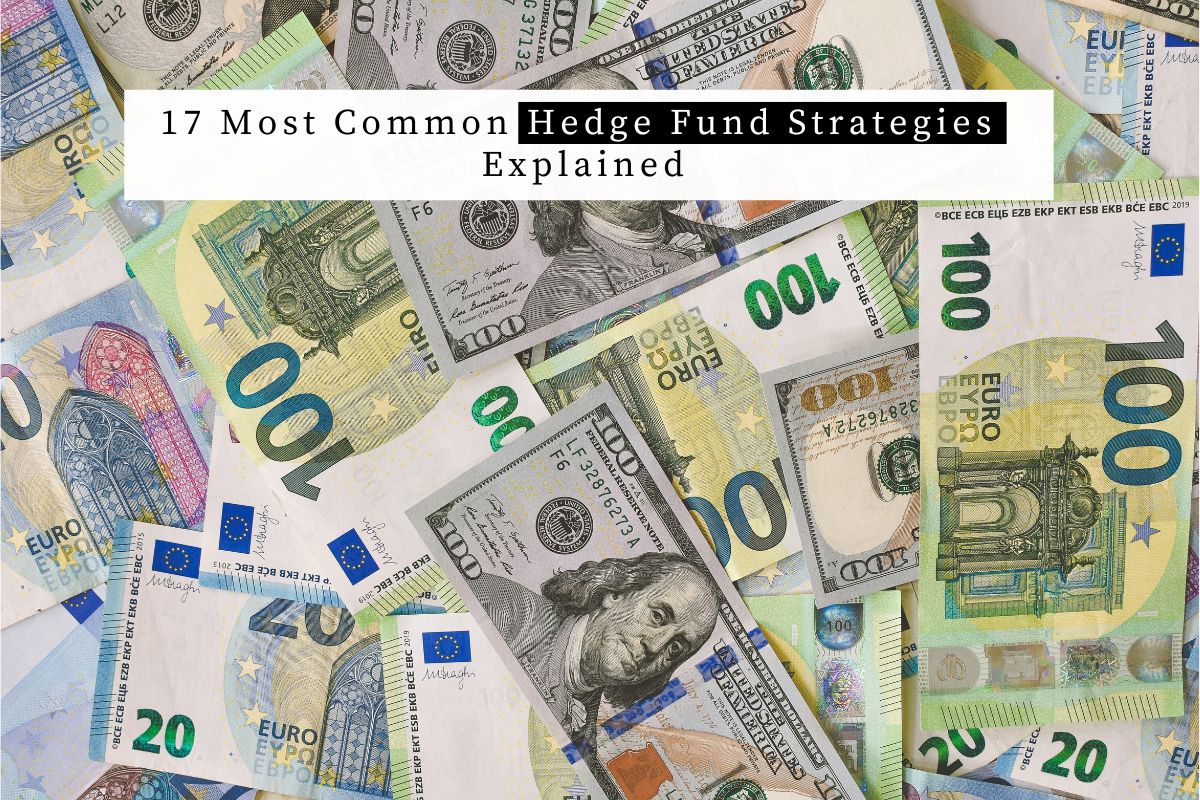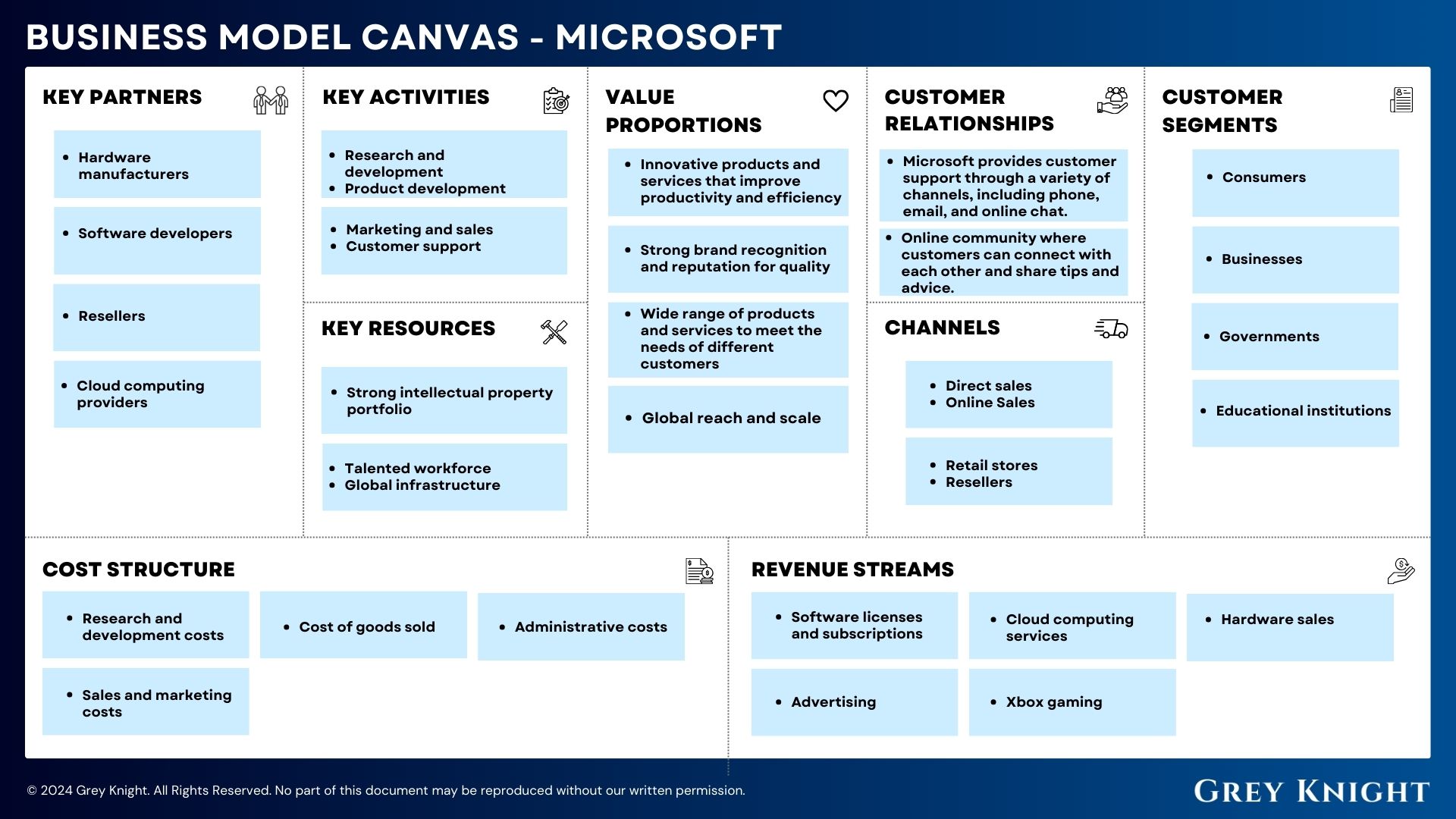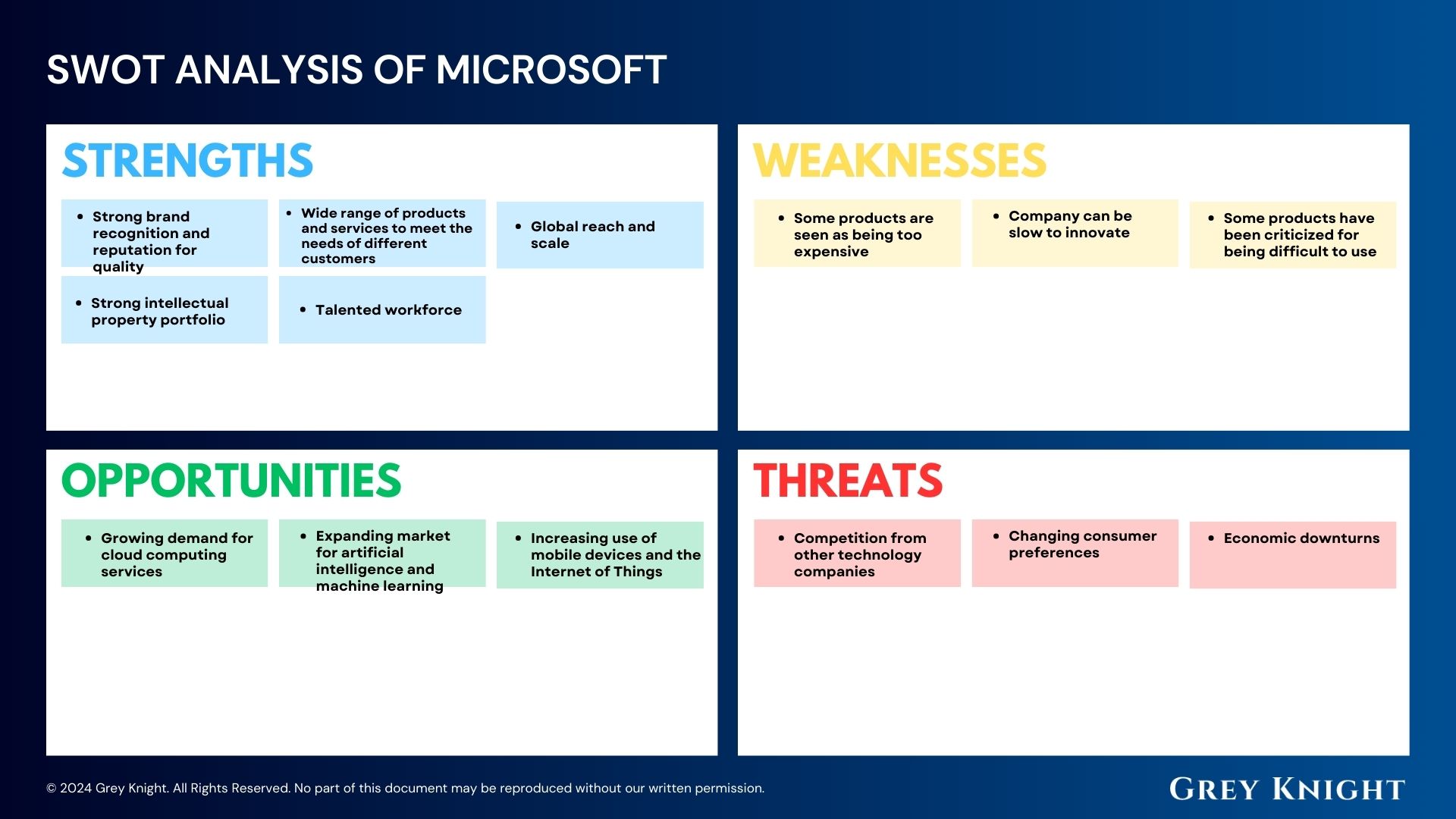Are you interested in investing in hedge funds but not sure what strategies they employ? In this article, we will take a look at the 17 most common hedge fund strategies, used by some of the world’s leading hedge funds.
Table of Contents
Toggle1. Convertible Arbitrage
This strategy is identified by hedge investing in the convertible securities of a company. A typical investment is to be long the convertible bond and short the common stock of the same company. Positions are designed to generate profits from the fixed-income security as well as the short sale of stock while testing principal from market moves. An example of a hedge fund that employs convertible arbitrage is the Canyon Balanced Fund
2. Event-Driven
Event-driven strategies are equity-oriented investing designed to capture price movements generated by anticipated corporate events such as mergers, acquisitions, bankruptcies, and spin-offs. An example of an event-driven hedge fund is Paulson & Co.
The four popular subcategories in this strategy are risk arbitrage, distressed securities, Regulation D, and high-yield investing
- Risk Arbitrage: Risk arbitrage is a trading strategy that involves buying the shares of a company that is involved in a merger or acquisition and selling the shares of the acquiring company. This strategy seeks to profit from the difference in price between the target company and the acquiring company. An example of a risk arbitrage hedge fund is the Odey European Fund.
- Distressed Securities: Distressed debt investing involves buying debt that is in default or likely to default and attempting to profit from a restructuring or turnaround. This could include stocks or bonds that have suffered a decline in value due to financial difficulties or a restructuring process. Hedge funds that invest in distressed securities are experts in valuation and have the expertise to identify mispricings and profit from them. An example of a distressed debt hedge fund is Oaktree Capital Management.
- Regulation D, or Reg D: refers to investments in micro and small-capitalization public companies that are raising money in private capital markets.
- High-Yield: refers to investment in low-grade fixed-income securities of companies that show significant upside potential.
3. Equity Market-Neutral
This investment strategy aims to exploit equity market inefficiencies and involves being simultaneously long and short-matched equity portfolios of the same size within a country. Market-neutral portfolios are designed to be beta or currency-neutral, or both, to control for industry, sector, market capitalization, and other exposures. Leverage is often applied to enhance returns. A real-world example of a hedge fund that employs this strategy is AQR Capital Management.
4. Long/Short Equity
This directional strategy involves equity-oriented investing on both the long and the short sides of the market. The objective is not to be market-neutral, and managers have the ability to shift from value to growth, from small- to medium- to large-capitalization stocks, and from a net long position to a net short position. Managers may use futures and options to hedge. An example of a long/short equity hedge fund is Citadel LLC.
5. Dedicated Short Bias
Short-only hedge funds specialize in shorting particular stocks. They rely heavily on financial modelling and deep analysis of company fundamentals to identify overvalued stocks, accounting fraud, mismanagement, or overspending. One of the main issues with shorting stocks is incurring borrowing costs, and short sellers can be forced to cover positions when there is a short squeeze. An example of a dedicated short-bias hedge fund is the Krensavage Partners LP.
6. Dedicated Long Bias
Long-only funds invest only in long positions, and they are the opposite of short-only funds. This strategy is plain vanilla and considered a conservative approach to investing. It is a simple approach that involves buying stocks that are expected to perform well in the long run. An example of a dedicated long-bias hedge fund is the Fidelity Contrafund.
7. Fixed Income Arbitrage
The fixed-income arbitrageur aims to profit from price anomalies between related interest-rate securities. Most managers trade globally with the goal of generating steady returns with low volatility. This category includes interest rate swap arbitrage, U.S. and non-U.S. government bond arbitrage, forward yield curve arbitrage, and mortgage-backed securities arbitrage. An example of a hedge fund that employs fixed-income arbitrage is the JPMorgan Strategic Income Opportunities Fund.
8. Emerging Markets
This strategy involves equity or fixed-income investing in emerging markets around the world. Because many emerging markets do not allow short-selling or offer viable futures or other derivative products with which to hedge, emerging market investing often employs a long-only strategy. An example of an emerging markets hedge fund is the BlackRock Emerging Markets Fund.
9. Global Macro
Global macro managers carry long and short positions in any of the world’s major capital or derivative markets. These positions reflect their views on overall market direction as influenced by major economic trends and/or events. The portfolios of these funds can include stocks, bonds, currencies, and commodities in the form of cash or derivatives instruments. Most funds invest globally in both developed and emerging markets. An example of a global macro hedge fund is the Bridgewater Associates Pure Alpha Fund.
10. Managed Fortunes
This strategy invests in listed financial and commodity futures markets and currency markets around the world. The managers are usually referred to as commodity trading advisors or CTAs. Trading disciplines are generally systematic or discretionary. Systematic traders tend to use price and market-specific information (often technical) to make trading decisions. An example of a managed futures hedge fund is the Winton Futures Fund.
11. High-Frequency Trading
High-frequency trading involves the use of complex algorithms to buy and sell securities at high speeds. This strategy is based on taking advantage of short-term market fluctuations and is typically used by quantitative hedge funds. An example of a high-frequency trading hedge fund is Two Sigma Investments.
12. Merger Arbitrage
Merger arbitrage is a trading strategy that involves profiting from the price difference between a target company’s stock and the acquiring company’s stock. This strategy involves purchasing shares in the target company and shorting the acquiring company’s shares. An example of a merger arbitrage hedge fund is the Glenview Capital Management Merger Arbitrage Fund.
13. Statistical Arbitrage
Statistical arbitrage is a trading strategy that involves identifying and exploiting price differences between securities that are statistically correlated. This strategy involves buying the underpriced security and shorting the overpriced security. An example of a statistical arbitrage hedge fund is Renaissance Technologies.
14. Volatility Arbitrage
Volatility arbitrage is a trading strategy that involves taking advantage of differences in implied and realized volatility. This strategy involves taking long or short positions on volatility to profit from changes in market volatility. An example of a volatility arbitrage hedge fund is the Millennium Management LLC.
15. Capital Structure Arbitrage
Capital structure arbitrage involves taking advantage of price discrepancies between different securities in a company’s capital structure. An example of a capital structure arbitrage hedge fund is York Capital Management.
16. Options Trading
Options trading involves buying and selling options contracts, which give the holder the right, but not the obligation, to buy or sell an underlying asset at a set price. An example of an options trading hedge fund is the Susquehanna International Group.
17. Fund of Funds
A fund of funds invests in multiple hedge funds, taking advantage of their expertise and diversifying risk. An example of a fund of funds hedge fund is the Blackstone Alternative Multi-Manager Fund.
Conclusion
In conclusion, understanding the various hedge fund strategies and their respective risks and rewards is crucial for anyone looking to invest in the hedge fund industry. From long-short equity to event-driven and global opportunistic strategies, each approach has its own unique characteristics and requires a different skill set and investment philosophy. While there is no one-size-fits-all solution to hedge fund investing, taking the time to research and understand these strategies can help investors make more informed decisions and potentially achieve higher returns.
It is important to note, however, that hedge funds are not suitable for everyone and should only be considered by sophisticated investors who understand the risks involved. By staying informed and up-to-date on market trends and hedge fund strategies, investors can position themselves for success in this dynamic and exciting industry.
Additional Resources
To keep learning and advancing your career, we highly recommend these additional resources:
4 Ratios To Analyse Hedge Fund Performance
7 Financial Models Used by Investment Bankers












